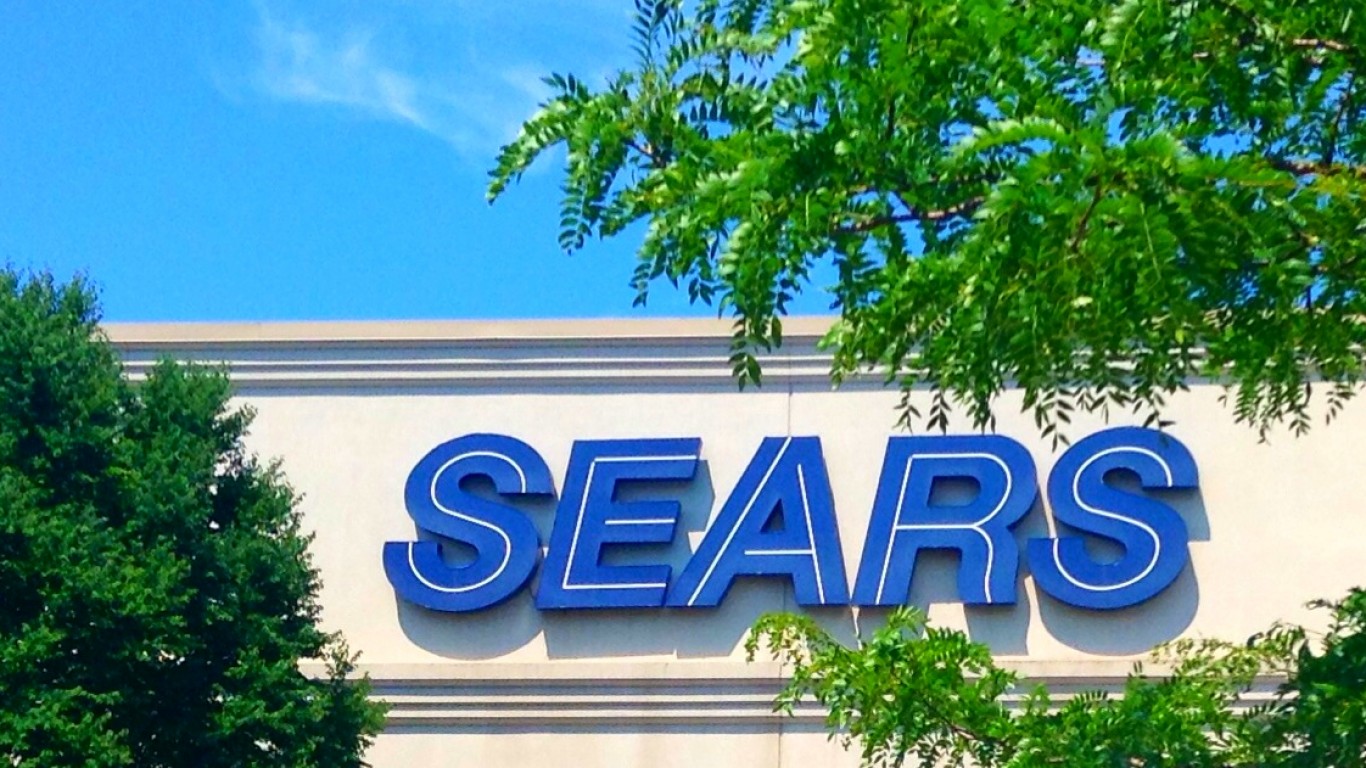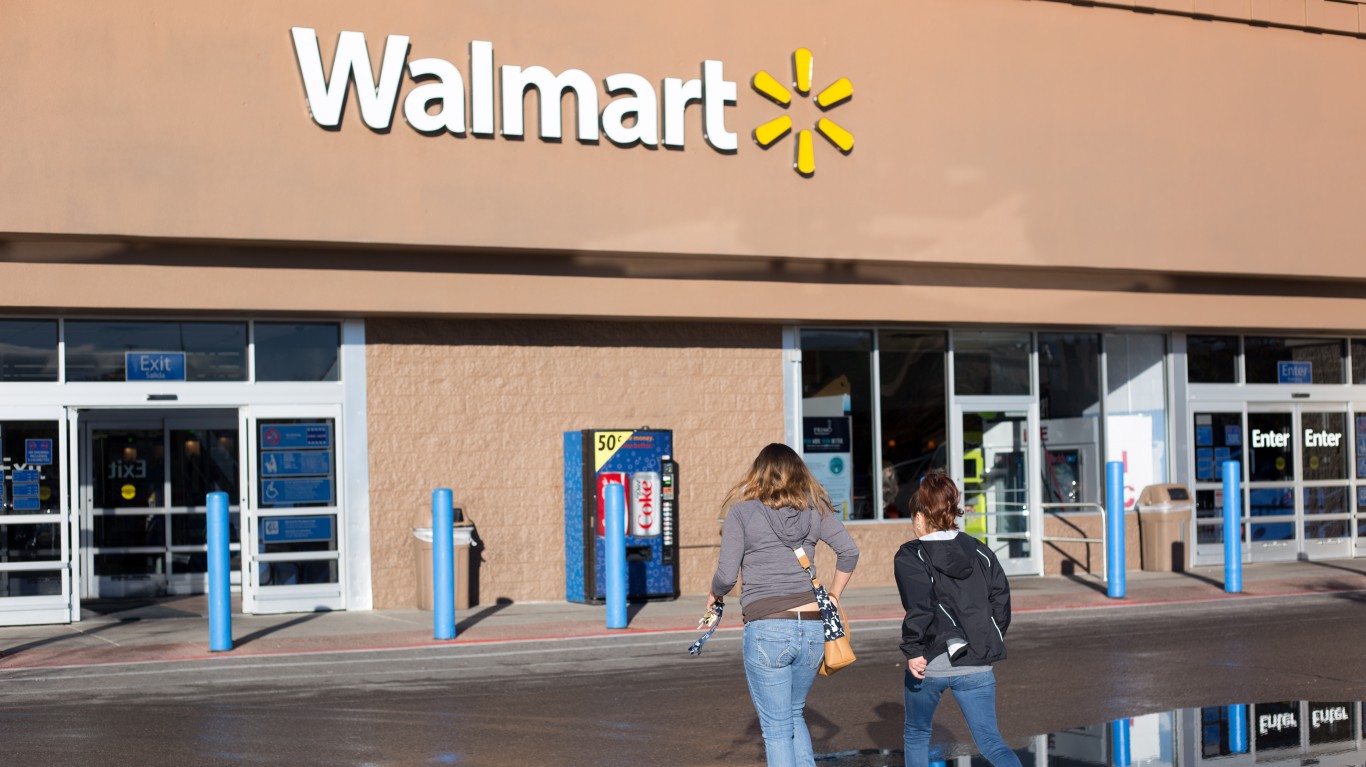
Richard Warren Sears and Alvah Curtis Roebuck started Sears in 1892. In its early years, it was primarily a catalog company. By 1969, it was the largest retailer in the world. Five years later, it moved into Sears Tower in Chicago, which, at 110 stories, was the tallest building in the world. Today, only 12 Sears stores are left.
What happened? Walmart, Amazon and poor management. In 2004, Kmart bought Sears for $11 billion. Hedge fund manager Edward Lampert engineered the deal. The debt load taken on in the deal was unusually high. When measured against the company, renamed Sears Holding, the debt leverage was too burdensome to carry. Within five years, Sears Holdings began to cut stores to remain in business. Lampert tried to bail Sears out financially. However, the sums he put into the company were insufficient to halt a sharp revenue and store count decline.
Sears filed for bankruptcy in 2018, still $5.6 billion in debt. Leverage, it turned out, was only part of the problem. (See 29 iconic brands that completely collapsed and we forgot.)
Another challenge was Sam Walton. Founded in 1962, Walmart had a store count of 51 in 1972 when it went public (at about the same time as Sears Tower was completed). The store count reached 1,928 in 1992. Today, that figure is 4,616 in the United States and 10,500 worldwide. The core of Walmart’s success was discounts. It undercuts the pricing of items sold in most department stores. It was accused of putting local stores out of business, but the same pricing philosophy also hurt major chains.
Amazon also badly hurt Sears, as well as many other American retailers. Starting in 1994, it sold only books before broadband internet connections were available. The inventory of available products grew to consumer electronics. Today, it sells products across every retail category in the country. It is the fourth most-visited website in America, behind Google, YouTube and Facebook.
Only 12 Sears stores remain. Even experts wonder why there are any at all.
It’s Your Money, Your Future—Own It (sponsor)
Are you ahead, or behind on retirement? For families with more than $500,000 saved for retirement, finding a financial advisor who puts your interest first can be the difference, and today it’s easier than ever. SmartAsset’s free tool matches you with up to three fiduciary financial advisors who serve your area in minutes. Each advisor has been carefully vetted and must act in your best interests. Start your search now.
If you’ve saved and built a substantial nest egg for you and your family, don’t delay; get started right here and help your retirement dreams become a retirement reality.
Thank you for reading! Have some feedback for us?
Contact the 24/7 Wall St. editorial team.




